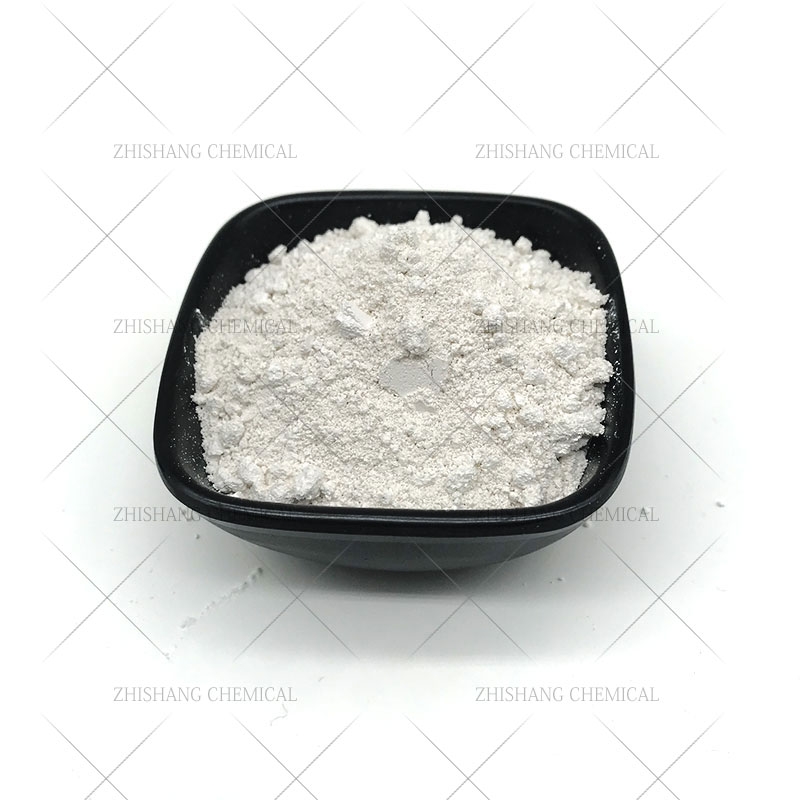-
Categories
-
Pharmaceutical Intermediates
-
Active Pharmaceutical Ingredients
-
Food Additives
- Industrial Coatings
- Agrochemicals
- Dyes and Pigments
- Surfactant
- Flavors and Fragrances
- Chemical Reagents
- Catalyst and Auxiliary
- Natural Products
- Inorganic Chemistry
-
Organic Chemistry
-
Biochemical Engineering
- Analytical Chemistry
- Cosmetic Ingredient
-
Pharmaceutical Intermediates
Promotion
ECHEMI Mall
Wholesale
Weekly Price
Exhibition
News
-
Trade Service
October 6, 2020 // -- For most people, there is nothing more terrible than cancer, with treatments such as chemotherapy and radiotherapy beginning to be used in the 1940s and late 19th centuries, respectively, and immunotherapy as a Viable and successful treatments have only begun to be used in recent years, and indeed, avoiding the host immune system is a fundamental feature of tumor development, and it may be important to clarify how cancer cells do this and how to promote the body's own immune system to destroy cancer cells, although this may also be the basis for new immunotherapy.
Photo Source: Department of Molecular Genetics, TMDU In a recent study published in the international journal Nature Cell Biology, scientists from Tokyo Medical and Dental University and other institutions identified a special regulatory mechanism, PD-L1 immune checkpoint protein, that affects the effectiveness of anti-PD-L1 immunotherapy.
say we now know that immunotherapy for immunosuppressants can successfully treat certain types of cancer, but only a small percentage of patients can produce lasting outcomes.
expression of PD-L1 is strictly controlled, and tumor patients with increased levels of PD-L1 expression respond well to PD-L1 blocking, however, why increase the expression of PD-L1 causes PD-L1 blocking The increased sensitivity remained unclear to the researchers, who then analyzed a type of PD-L1 modification, acetylation modification, and found that removing this modification may promote PD-L1's entry into the nuclei of the cell and interact with DNA to regulate the host's immune response.
Using a variety of advanced molecular, biochemical, and bio-informational analysis tools, the researchers analyzed the acetylation modification, positioning characteristics, functions and interaction mechanisms of PD-L1, and found that PD-L1 of mass membrane positioning can be transferred to the nuclei of cells by interacting with transport components, specifically by introducing a series of mutations in PD-L1 and expressing different acetyl Metastase, the researchers found that PD-L1 can be modified by a special residue called Lys262 in the cytokine, using similar methods and short interference with RNAs-mediated protein removal, the researchers also found that histone acetylase (HDAC) can specifically interact with PD-L1 and deacetylization modification.
Protein modification, including acetylation modification, affects protein stability, diglomeration and positioning, however, when researchers reduce the expression of HDAC2 proteins in cells, they increase the level of acetylation, but they did not observe changes in protein stability or dihydration, the results show that the special residual base point PD-L1 acetylene The role of acetylation modification and deacetylation plays a key role in the transfer of cell nuclei, where PD-L1 regulates the expression of genes associated with inflammatory and immune response, suggesting that PD-L1 can function to regulate the local tumor immune environment to control its sensitivity to immuno-checkpoint blocking therapy.
Finally, given the health and economic burden on cancer populations around the world, researchers will need to conduct more in-depth research in the future to find new anti-cancer therapies, the researchers said, and the results suggest that the transdation of the targeted role of PD-L1 may help enhance the effectiveness of immunotherapy based on PD-1/PD-L1 blocking.
() Original source: Gao, Y., Nihira, N.T., Bu, X. et al. Acetylation-dependent regulation of PD-L1 nuclear translocation dictates the efficacy of anti-PD-1 immunotherapy. Nat Cell Biol 22, 1064-1075 (2020). doi:10.1038/s41556-020-0562-4.







